|
If you have been following this blog recently, you would have noticed me mentioning the names of Brad Serhan and David Allen who were kind enough to help us with the listening session of the new Kronos by Kyron Audio at Len Wallis Audio a couple of weeks back. Following this chance encounter, I was invited to give an opinion on a bespoke pair of speakers that these two gentlemen designed for an overseas and wealthy client. This client had Quadral speakers and was interested in a little know Finnish brand, Penaudio, but eventually convinced B.A.G. to design a pair of speakers that would use similar drivers to the Penaudio and a ribbon tweeter, as a link to the Quadral he enjoyed listening to previously. Now, a bit of background: Brad was one of the founders and is still the designer behind Orpheus speakers, a very famous Australian brand and works for other brands no less famous on the local scene as consultant/ designer for hire if you want. He has been designing speakers since 1984, same year I introduced Microphase back in France: good omen! David on the other end is a Hifi enthusiast and has been for quite a long time. He is also more of a business man than a designer, although he told me that he had once 15" subwoofers embedded in the floor of his living room! So, we have a lot of talent and experience behind this new venture: Brigadier Audio Group. We had a first listening session at David's place in Walsh Bay, where we used only digital files from David's computer, Spotify Premium and FLAC files from my iPhone. We had other Hifi geeks joining us and we had a great time! These speakers work, period and they are exquisitely crafted and finished: High WAF, bravo! Interestingly enough, I have not been given any specifications for these speakers. I have only been told about their genesis, the way these particular drivers ended up being used, some of the challenges along the way (!), but no frequency response or impedance curves. I had only my ears to judge of the result! It was a very interesting and fun exercise... After an hour or so into this first listening session, I identified two areas for potential improvement, both to do with the way the drivers integrated with each other at the two cut-off frequencies of the filter, which I also identified correctly. We listened to more music, drank some more wine (great choice, David, btw...) and had more conversations between the very seasoned members of the audience and then we eventually had to split. Brad and David decided then that they would work on my comments and would organise a second session later on, probably at Brad's place! And we did earlier this week. Trust me, these two guys know their trade, as it took them only a few days to confirm my findings, think about how to improve these speakers by tweaking the filter appropriately and voilà! For the second listening session, we had David's amp and streamer, Brad's Macbook for digital files and I was convinced to bring my very own OPPO player. Sorry, no turntable, no valves this time around, but eh we are in the 21st century after all! Here are some of the stuff I brought we listened to: Well, what can I say? In a nutshell, I really like these speakers. They are really accurate, speedy, they image very well, specially being quite large and the bass is extremely tight, although they are bass reflex, with very low distortion and coloration.
Now, I need to confess something: I don't normally like metal cone drivers and these 6.5" SEAS Excel drivers have magnesium cones. I do like ribbon though and this one from RAAL is really detailed and smooth, which is not a given for that type of driver. Same tweeter as the Kaiser speakers that I like a lot, by the way! Crossover frequencies are 250Hz and 3.2Khz approximately. The cabinet is a work of art both externally - that you can see for yourself from the photos - and internally: The cabinets are made of a double layer of MDF and ply separated by a viscous compound (can't tell you, would have to kill you...). The drivers are mounted to the internal cabinet and there are two separate chambers for the midrange and the woofer, both bass relax tuned. The two 6.5" drivers look the same, but are actually two different models with different magnets, voice coils and parameters ((can't tell you more - see above...). Nice terminals, good internal wiring, it is all done by the book! And not only does it show, but you can hear the care taken in the design of these speakers! Well done! I sincerely hope that this one off will trigger a suite of new commercial releases. I have been arguing about using a paper version of that midrange driver in future designs: time will tell, stay tuned! 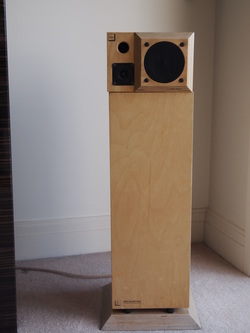 As mentioned in our "7 design principles", we think the midrange driver should be as close as possible to a full range unit. However, if you are trying to keep the cabinet small and, consequently, the WAF high, then you will need a dedicated driver for the lower octaves of the spectrum. Hence, our SWS subwoofer design... The idea was to have a modular offer: one could buy a pair of satellites as bookshelf speakers, and then later, when money and/or space become available you could add the subwoofer(s) to your existing speakers. Interestingly enough, very few customers took advantage of this feature. Most bought either the satellites on their own, or the full system. So, to come back to the design of the subwoofer, it was to be like a pedestal to the SATs and we decided early on that the driver would be invisible, as we wanted the SAT to be the main design feature. So, we were constrained to a 200x200mm envelope and between 700 and 900mm height to bring the SATs to ear level. The SATs themselves would be used horizontally in this configuration. This was made possible by the fact that the tweeter was offset from the midrange and once horizontal, the dispersion pattern would still be good. This is confirmed by listening tests: these speakers have an excellent image way beyond their own position, and providing quite a wide range of listening positions. The SATs are 150mm high, then it leaves us between 550 and 750 mm for the subs. Once the driver was chosen and we could plug its parameters into our box calculation, we ended up with a 600mm high cabinet. The driver firing down would then be at the mercy of the floor material, and we didn't like that, hence the special socle with a pattern to match the angled design of the satellite, adding some extra stability to the whole unit. That was going to be tested in years to come by the toddlers in our household... The driver was originally an SEAS 17cm with an extra rubber treatment on the membrane. Further down the track, we used a SIARE unit. The filter was again a Linkwitz-Riley with an upper frequency of 100hz L=25mh (air core), C=100uF (made out of 4x25uF in parallel for better quality. The final response being 30-100Hz within 1dB, thanks to the mechanical feedback of the base, close enough to "laminate" the air, hence linearising the response. This is quite an amazing result from a 17cm driver. The integration with the satellite is seamless and also prevent the satellite to generate too much distortion at the low end. The only drawback is obviously a little loss of efficiency as a complete unit, but still in the 90dB range. Later on, we designed a central subwoofer, starting the triphonic fashion, way before Bose entered the market...but this is another story for a later post... |
AuthorBorn in France, well travelled, relocated to Sydney in 1997. Archives
July 2023
Categories
All
|
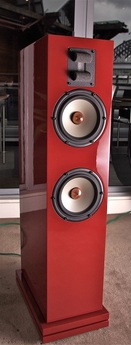
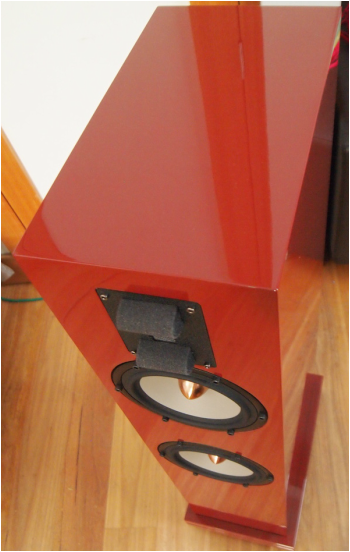
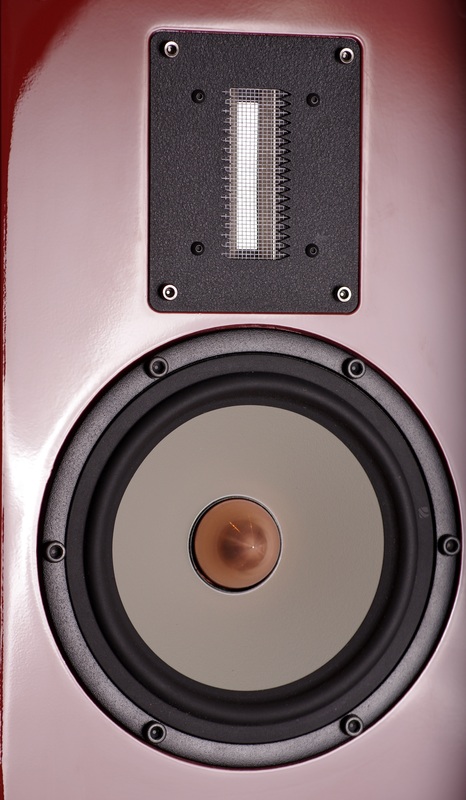
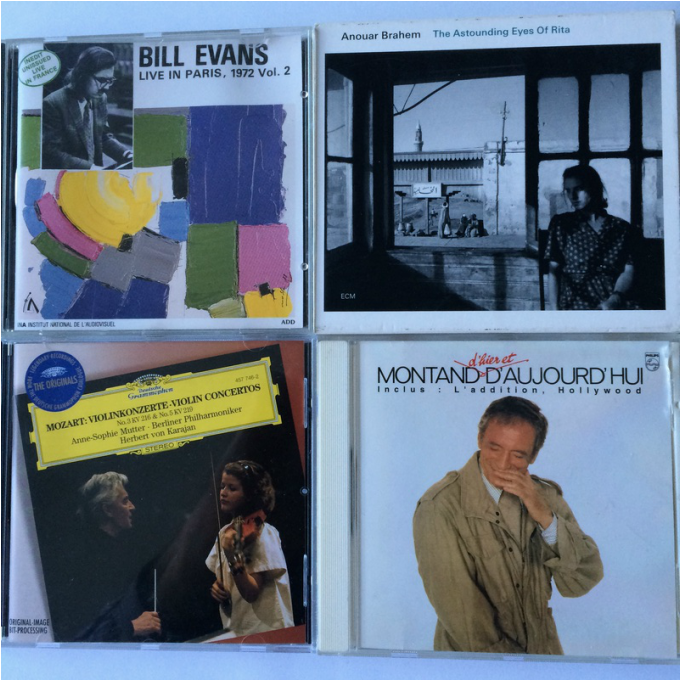
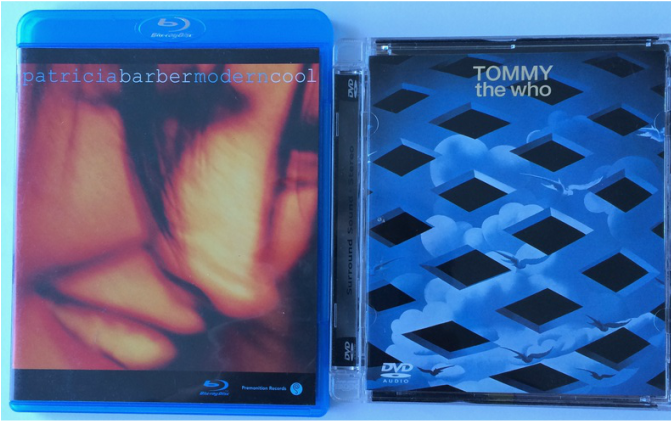
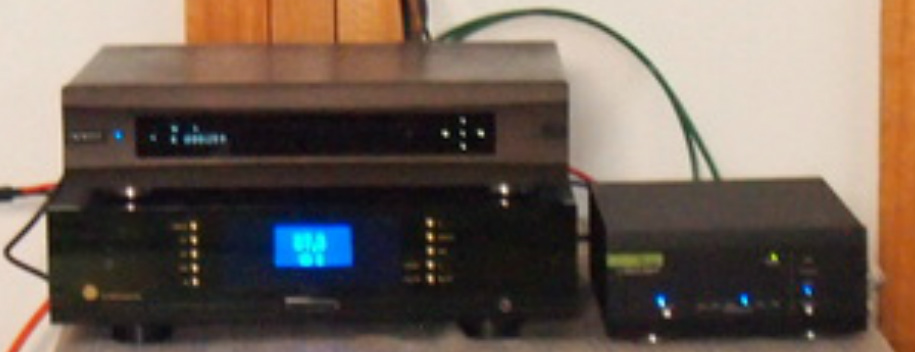
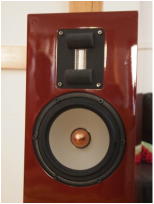
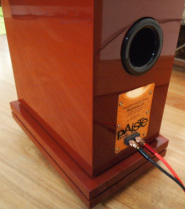
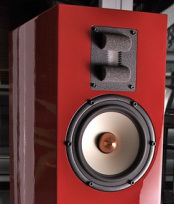
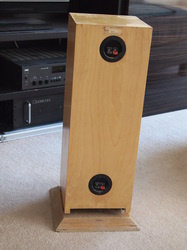
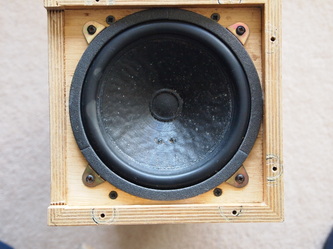
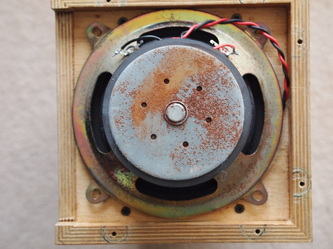
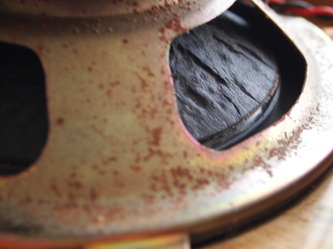
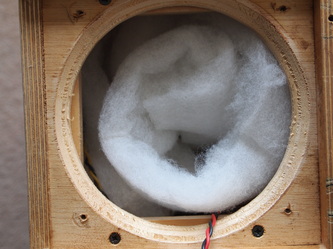
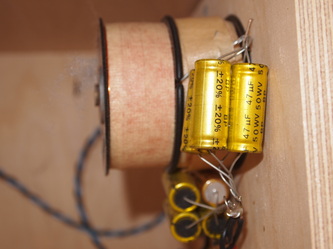

 RSS Feed
RSS Feed
